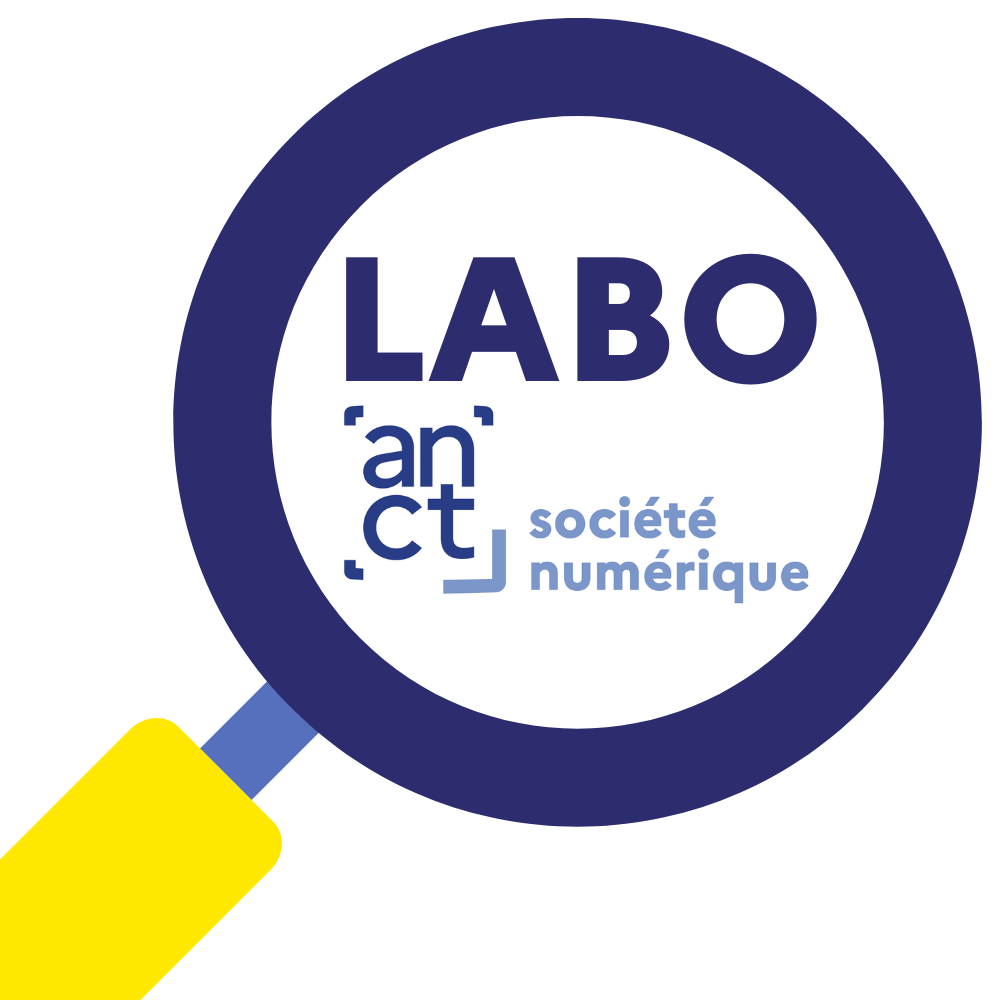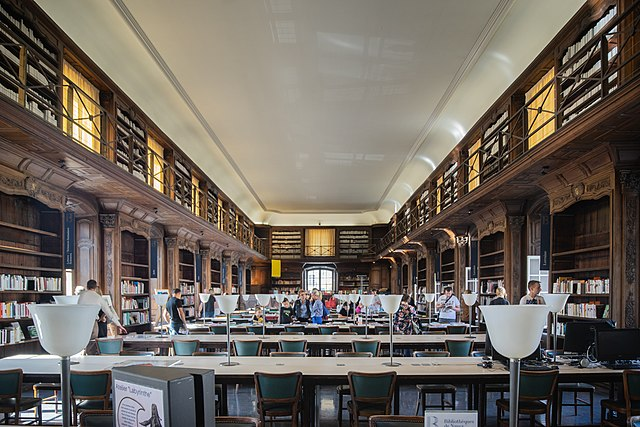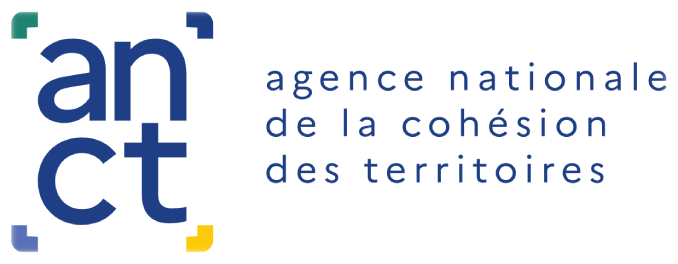The digitization of archives has considerably democratized the consultation of national, regional, departmental and communal archives. Several million French people use them, mostly for genealogical research. More than 2.2 billion documents have been consulted on the websites of the archives services, in 2016.
The massive digitization of archives has emptied the reading rooms in favour of to the benefit of online consultation
The archive services are among the cultural institutions that have engaged massively and early in digitization: oriented towards preventive conservation, in 1994, digitization opens the way, from 1998, to the online availability of documents.The success with the public, and especially with the traditional audience of the archives, was immediate. The number of visitors to the archives, stimulated by the boom in genealogical research, began to decline in 2002. Between 2005 and 2015, the departmental archives, the most advanced in digitization, lost 50% of their readers.
In the departmental archives, the ratio between the number of readers registered in the reading room and the number of unique visitors is now one to one hundred. The ratio between the number of articles communicated in the reading room and the number of pages viewed is 1000. All archives combined, the ratio of reading room sessions to 120 connections to archive sites was 120 in 2016.
562 million pages and images scanned, 72% of which are available online
More than 562 million pages and images were digitized in 2016 by archives, including more than 94% by departmental archives, and nearly 408 million documents are available online, or 72% of digitized documents.The number of pages and images digitized during the year by the departmental services in 2016 was 23.6 million, bringing the total of pages and images to more than 520 million, nearly 73% of which are online on their websites. Municipal archives, for their part, digitized 2.6 million pages and images in 2016, bringing the total to nearly 30 million, more than half of which are online (17.6 million). With 1.2 million pages and images digitized in 2016, the services with national jurisdiction together total 13.3 million pages and images digitized since the beginning of digitization operations, of which 10.8 million are online.
2.2 billion page and image views
In 2016, archive sites had a total of 52 million logins, recording 2.2 billion page views: the 4% decrease in 2016 was the result of better indexing to make it easier to reach the document you are looking for.https://datawrapper.dwcdn.net/jZAhh/1/
For the departmental archives alone, the statistics on visits increased until 2014: the number of connections, which had reached 52 million in 2014 (2.3 billion pages and images viewed), began a decline to 45 million connections (2.1 billion pages and images/views).
Several million French people are mainly motivated by genealogy
For the departmental archives alone, the number of unique visitors reaches ten million, and a visitor may be counted several times if he or she consults the archives of several departments.93% of them turn to archives for genealogical research.
The use of reading rooms becomes marginal
As Gaël Chenard, Director of the Hautes-Alpes departmental archives, notes, "this transformation in usage took archivists by surprise because of its speed and scope. We thought that our help was essential to use the archives well and that the impossibility of mediating through the Internet was an insurmountable obstacle to dematerialization. We also thought that we had to defend our reading rooms as places of sociability. It is actually debatable whether a reading room, presumed to be silent, is a real place of sociability, unlike the Internet, which is now the world's largest network for mutual aid and sharing. The departmental archives were in fact overwhelmed by the consequences of their own policy and began to discover with concern - even horror - that Internet users were in fact very autonomous, and had no need for direct contact with the original document."A transformation of the uses which destabilizes the archivists
"This transformation calls for another one, even more worrying for the archivist: the taking of power. Before the 2000s, the archivist decided everything: the conditions of consultation of documents, schedules, access to originals, digitization trains to be carried out and even the uses that it was possible to make of the archives after payment of a publication fee. Internet users now want to decide the conditions under which they access and use documents. Above all, they want to decide what should be digitized according to their needs or desires, and to havethe choice not to travel, including to get help. The significant increase in requests for correspondence research (+35% between 2005 and 2014) is one sign of this evolution."Rethinking mediation practices to support public use
According to Gaël Chenard, "if you think about it, our real audience is already the one we no longer see. In terms of the number of readers as well as the number of communications, the use of the reading room - at least for the departments with significant digitized collections - has become marginal. However, we still devote most of our resources to these readers, who are favored in some way, since it is true that maintaining a reading room is expensive. At the same time, we are struggling to transpose research assistance onto our websites, i.e. to adapt our mediation role to this new mode of consultation. We are thus recreating an almost elitist barrier between those who have access to us, i.e. those who can afford to travel during opening hours, and those who have to make do with images from our digitization programs.Références :
Sources
- 1. Who are the audiences of archives? Surveys of readers, internet users and audiences for cultural activities in public archives (2013-2014 )
- 2. Gaël Chenard: Act II of dematerialization in archives
- 3. The activity of archive services in France, 2016
- 4. Statistical data from the archives network from 2010 to 2016





